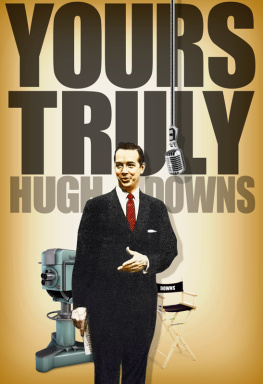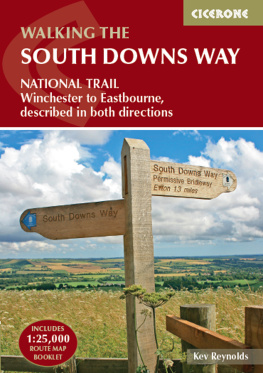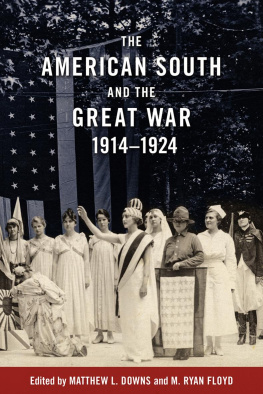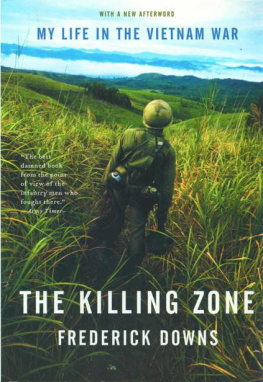Contents
Guide


First published 1998
This paperback edition published 2022
The History Press
St Georges Place, Cheltenham,
Gloucestershire, GL50 3QB
www.thehistorypress.co.uk
Peter Brandon, 1998, 2022
The right of Peter Brandon to be identified as the Author of this work has been asserted in accordance with the Copyright, Designs and Patents Act 1988.
All rights reserved. No part of this book may be reprinted or reproduced or utilised in any form or by any electronic, mechanical or other means, now known or hereafter invented, including photocopying and recording, or in any information storage or retrieval system, without the permission in writing from the Publishers.
British Library Cataloguing in Publication Data.
A catalogue record for this book is available from the British Library.
978 0 7509 9835 2
Typesetting and origination by The History Press
Printed and bound in Great Britain by TJ Books Limited, Padstow, Cornwall.
eBook converted by Geethik Technologies

To the loving Memory of Alexia (Sally) Jenkins in Friendship and Gratitude
It was still the unending summer of that marvellous year 1912 This was the first time I had seen the South Downs as it were from the inside and felt the beauty of the gentle white curves of the fields between the great green curves of their hollows; I have lived close to them ever since; and have learnt that, in all seasons and circumstances, their physical loveliness and serenity can make ones happiness exquisite and assuage ones misery.
Leonard Woolf, Beginning Again (1968)
CONTENTS
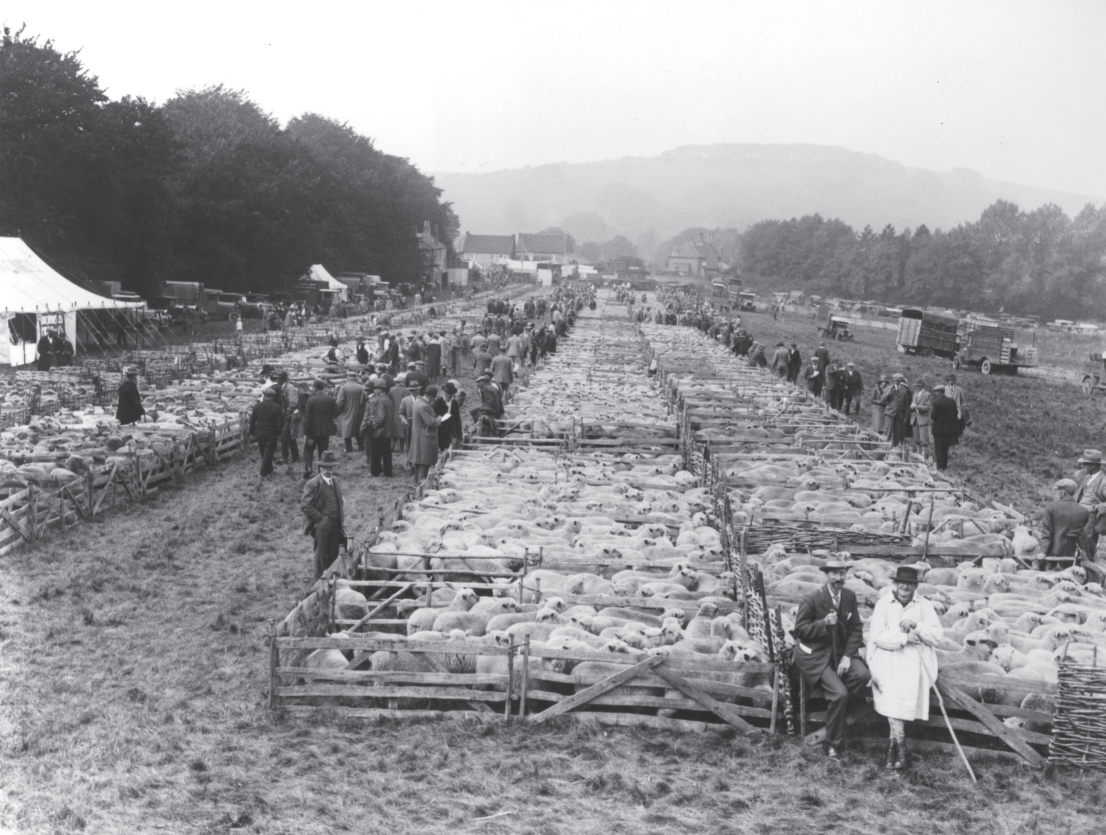
Founded by 1803, Findon Sheep Fair (photographed in 1931) continues to be held on Nepcote Green.
LIST OF ILLUSTRATIONS
Frontispiece: The shrunken settlement of Tarring Neville
Endpapers: An extract from Thomas Yeakells and William Gardners map of southern Sussex (1778).
COLOUR PLATES
between pages |
I | Firle Beacon and the dipslope of the Downs gently dropping to cliffs at Seaford Head |
II | Kingston Hill, near Lewes |
III | Impressions of the changing landscape of the Downs at Singleton, 300 B.C.-A.D. 1880 |
IV | Wiston House, a painting c.1668 |
V | Lewes High Street from the Castle Keep |
VI | Arundel Castle, by G. Vicat Cole, 1887 |
VII | Up Waltham Church |
VIII | Plumpton Place |
IX | View across the Weald, 1994, by Alan George |
X | Findon Wattle House |
XI | Fox Hall, Charlton |
XII | The Cuckmere valley, by Dennis Rothwell-Bailey |
XIII | A symbolic landscape of the Eastern Downs |
XIV | Wild plants of the chalk |
XV | South Stoke in the Arun valley depicted in Hills of the Sea |
XVI | Beachy Head, 1935 by Punch |
XVII | Woodingdean in 1928 by D. Holland |
XVIII | Sir William Nicholsons Judds Farm (1909) |
XIX | Charles Knights Ditchling Beacon (1935) |
XX | Eric Raviliouss Firle Beacon (1934) |
XXI | Lytton Strachey reading Eminent Victorians at Charleston Farmhouse |
XXII | Wall paintings in Berwick Church |
XXIII | Adrian Berg, Seven Sisters |
XXIV | Ivon Hitchens, Terwick Mill |
XXV | Stanley Roy Badmin, Greatham Hill, Hampshire |
XXVI | Interior of Monkton House, devised by Edward James |
XXVII | Winter wheat being harrowed at Sompting, September 1992 |
XXVIII | Saddlescombe Farm and the Devils Dyke |
XXIX | Waterhall, Patcham, vulnerable open downland near Brighton |
ACKNOWLEDGEMENTS
I owe thanks to the late Barbara Willard for suggesting that I should write about the South Downs and to Tim Hoof who helped me in the initial stages of the collation of material for this book. To Susan Rowland of the University of Sussex especial thanks are due for her exceptionally clear and accurate maps. Ann Winser supplied the index, clarified expression and has been very supportive throughout. Numerous other persons have given specific help including David Allen, Stanley Baker, Judith Brent, Nicola Frank of the Council for the Protection of Rural England, Charles Granshaw, John Goldsmith, Harry Goring, the late Eric Holden, George Holleyman, Mrs. Christine Isitt, Geoffrey Mead, Sylvia and John Jenkins, David Monnington, Janet Pennington, Brian Poole, Dr. Peter Reynolds, Dr. Francis Rose, Richard Williamson and Dr. Andrew Woodcock. I also greatly valued the help and encouragement of Mrs. Ann Money, Dr. Harry Montgomery and Christopher Passmore. I am also indebted to the staffs of the East and West Sussex Record Offices and of the Hampshire Record Office, to Joyce Crow and Richard Philcox of the Sussex Archaeological Society, to Esme Evans of Worthing Reference Library and to the staff of the London Library, without whose collections this book could not have been undertaken. Noel Osborne and Nicola Willmot of Phillimore have exercised great forbearance with an untidy manuscript and have been unfailingly supportive towards its improvement. As a personal tribute I have dedicated this book to Sally Jenkins memory.
The author is grateful to the following individuals and institutions for photographs and other illustrative material and giving permission to reproduce them. Photographs not listed were taken by the author.
Professor Mick Aston, , XXVIII, XXIX.
PREFACE
T o know the South Downs we must get out of our cars, breathe in the salty tang in the air, tread the chalk rock, and experience something, at least, of the life of plant, tree and animal, and of the ways in which man has shaped the landscape in the past, is shaping it today, and may shape it in the future. This book is written in the belief that as people acquire familiarity with the countryside they will want to extend their active enjoyment and understanding of it and will seek opportunities of doing so.
Much of the history of the Downs relates to the history of the land itself and how it has been re-shaped repeatedly by the activities of its past farmers. This books central theme is thus change, physical change and social change, and change from 1939 when the impossible was suddenly possible and this distinct and lovely landscape was altered out of all recognition. This was so irreparably destructive of the past that many people at the centurys end who knew it earlier still feel unable to regain their former organic relationship with it. The new world of the Downs is incomprehensible without understanding the old. The hope is to enlist all who love the Downs and share my concern for their future, including all who have responsibility for them, whether landowners and farmers, countryside planners or conservationists. Knowledge of the historical, literary and artistic associations which the Downs have acquired may help to a better understanding of what happened, is happening and what may be about to happen in our own time. The past may be a foreign country but travel in it broadens the mind. For these reasons I have used few technical terms and surveyed a great sweep of time with a minimum of detail. The result will I trust be an appropriate background for an appreciation of the Downs from the various standpoints of interested groups.



